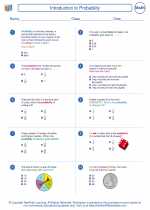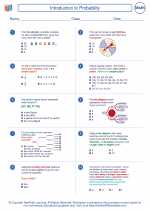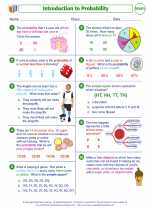Calendar
A calendar is a system for organizing and keeping track of days, weeks, months, and years. It helps us plan and schedule events, holidays, and activities.
Types of Calendars
There are different types of calendars used around the world:
- Gregorian Calendar: The most widely used calendar, with 12 months and 365 or 366 days in a year.
- Lunar Calendar: Based on the phases of the moon and commonly used in some religious traditions.
- Julian Calendar: An older calendar system that was replaced by the Gregorian calendar.
- Other Cultural Calendars: Different cultures have their own traditional calendars based on historical, religious, or agricultural events.
Days, Weeks, and Months
A week consists of 7 days, typically starting with Sunday and ending with Saturday. A month can have 28, 30, or 31 days, depending on the month and the calendar system.
Leap Years
Every 4 years, a leap year occurs, adding an extra day to the month of February. This is to account for the fact that the Earth's orbit around the sun takes approximately 365.24 days.
Study Tips
Here are some tips for studying the calendar:
- Memorize the number of days in each month. You can use rhymes or mnemonic devices to help you remember.
- Practice calculating the day of the week for a given date using algorithms like Zeller's congruence.
- Understand the concept of leap years and how they affect the calendar.
- Learn about different cultural calendars and how they differ from the Gregorian calendar.
By understanding the calendar system, you'll be able to manage your time effectively and plan for important events in the future.
[Calendar] Related Worksheets and Study Guides:
.◂Math Worksheets and Study Guides Seventh Grade. Introduction to Probability
Study Guide Introduction to Probability
Introduction to Probability  Worksheet/Answer key
Worksheet/Answer key Introduction to Probability
Introduction to Probability  Worksheet/Answer key
Worksheet/Answer key Introduction to Probability
Introduction to Probability  Worksheet/Answer key
Worksheet/Answer key Introduction to Probability
Introduction to Probability  Worksheet/Answer key
Worksheet/Answer key Introduction to Probability
Introduction to Probability 

 Worksheet/Answer key
Worksheet/Answer key
 Worksheet/Answer key
Worksheet/Answer key
 Worksheet/Answer key
Worksheet/Answer key
 Worksheet/Answer key
Worksheet/Answer key

The resources above cover the following skills:
Data Analysis and Probability (NCTM)
Understand and apply basic concepts of probability
Use proportionality and a basic understanding of probability to make and test conjectures about the results of experiments and simulations.
Connections to the Grade 7 Focal Points (NCTM)
Probability: Students understand that when all outcomes of an experiment are equally likely, the theoretical probability of an event is the fraction of outcomes in which the event occurs. Students use theoretical probability and proportions to make approximate predictions.